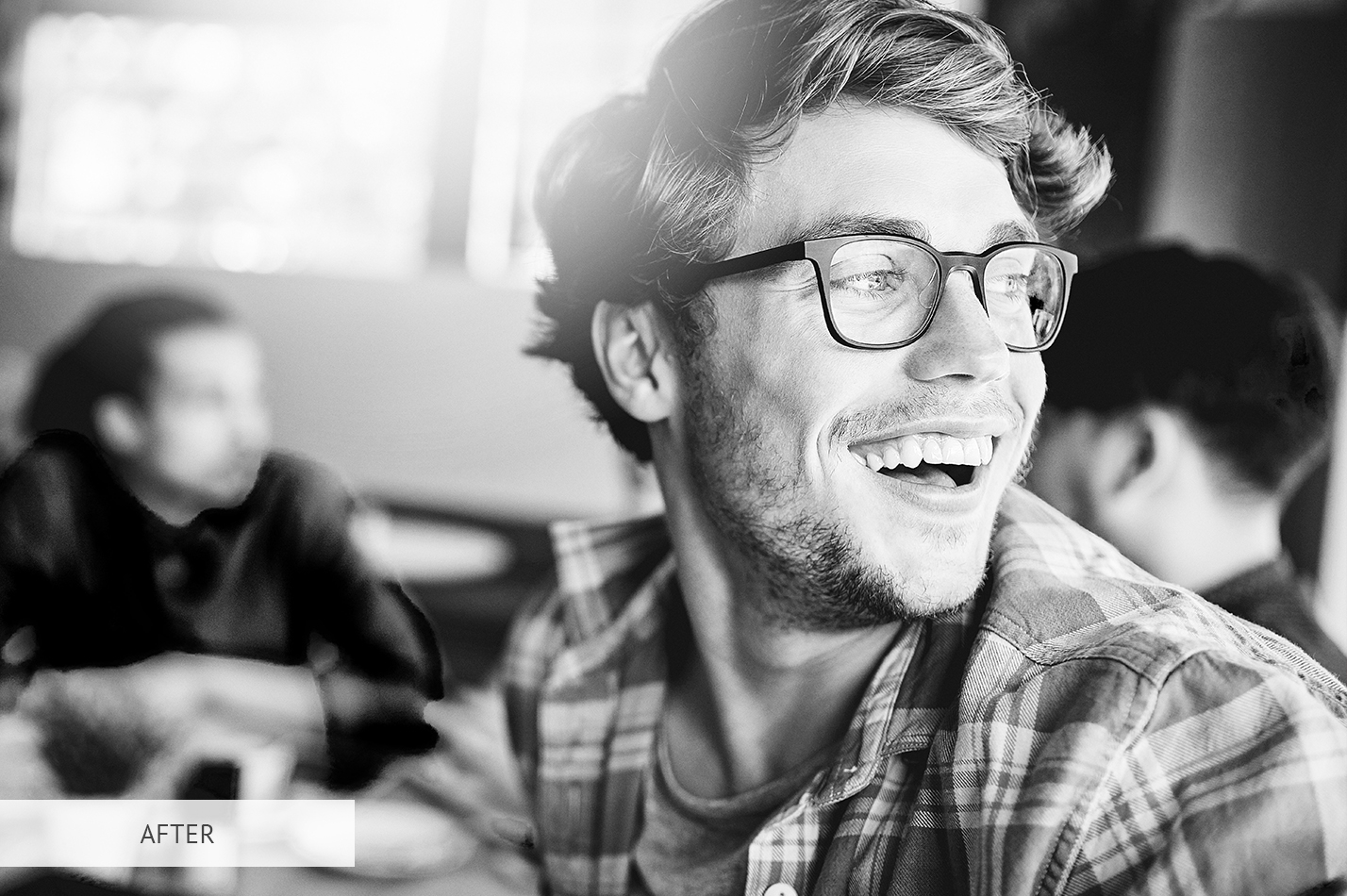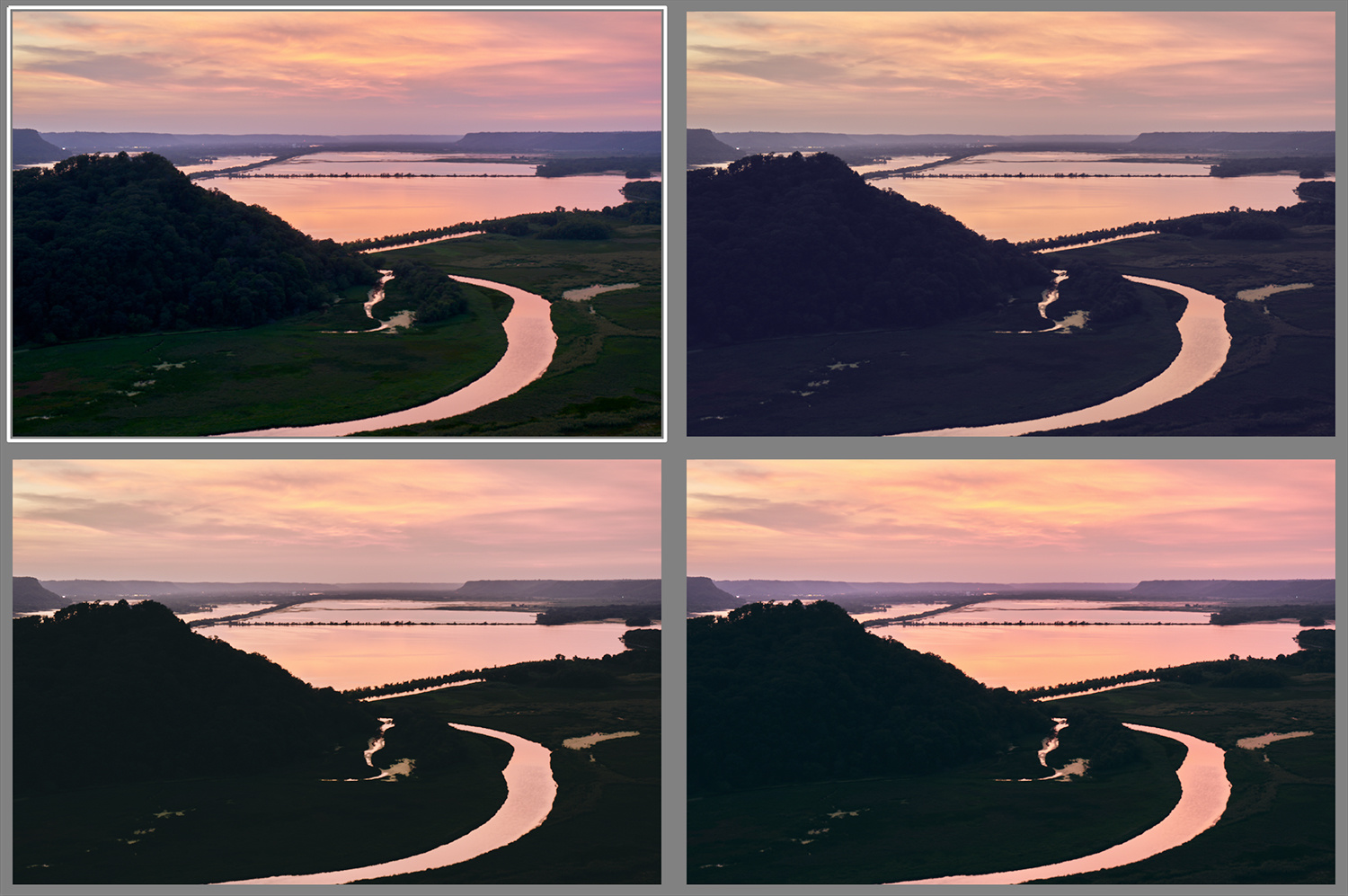

You can even create subfolders within the Styles folder to organize your Styles. © Ausra Babiedaiteĭo they still look amazing on the other images? If yes, then you’re good to go! Save your new Style and give it a fitting name. Identical adjustments applied to different images. This can be done using ‘Cmd/Ctrl + C’ for copying adjustments and ‘Cmd/Ctrl + V’ for applying them. You need to test your Style! Find a handful of other images shot under different conditions, maybe even different cameras if you use more than one, and apply the adjustments on these. Hold on, freeze! This is a crucial stage. It’s tempting to save your adjustments immediately when they look amazing on your image. You can of course experiment and include anything you want in a Style, but my guess is that you will quite quickly agree that the tools above should be excluded from any Style you create. Rating and Color Tags (these might accidentally be included if you’re not careful).Crop or any other composition corrections.I will also include a list of tools that I recommend that you do not use in a Style: This makes it easier to tweak the image further after applying a Style, while keeping the adjustments of the Style intact.

In general, I try to keep clear of using slider tools as much as I can. If I want the image to be brighter or darker, I use the curves. Instead, if I want a color shift towards warmer or cooler tones, I use the Color Balance Tool and simply adjust the Master tab. Any White Balance or Exposure changes should therefore not be part of the Style. This makes it easier to pull the adjustments in the direction I want. As a rule of thumb, I always assume each shot I apply a Style to is correctly exposed and has a neutral white balance. Since photography operates within many different genres and styles, and the conditions of shooting might even vary from shot to shot, you will want your Styles to be as broadly applicable as possible. The Preset ‘Silver Rich Small Grains’ accessed from both Film Grain tool and Styles and Presets tool What to think about when creating a Style
#CAPTURE ONE STYLES DOWNLOAD#
If you don’t already have Capture One, you can download a free 30-day trial.īefore we move on to the technical tips and tricks, let me just quote a previous blog post about Working with Styles: This blog post will describe some best practices to make your Styles more useful and broadly applicable for optimal results. Whether you use Styles and Presets as a large part of your editing process, or simply browse through them occasionally for inspiration, they can be hugely beneficial to any workflow.

To learn more about our latest version, click here. NOTE: This article discusses an outdated version of Capture One.


 0 kommentar(er)
0 kommentar(er)
